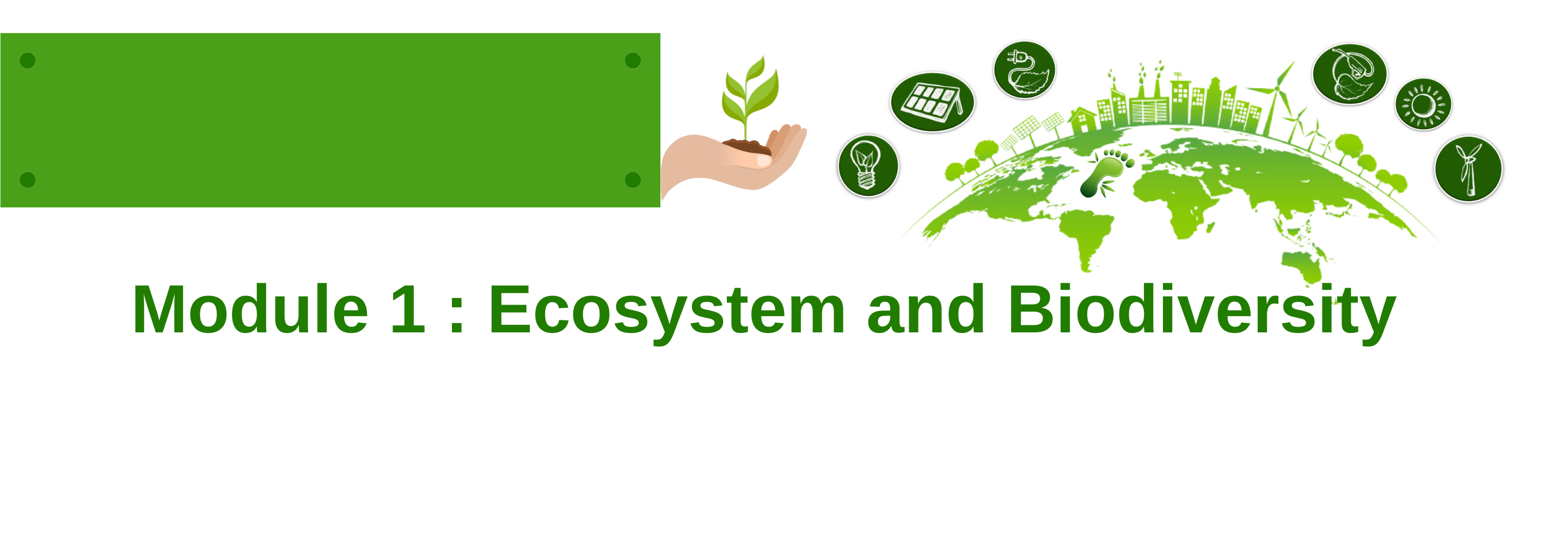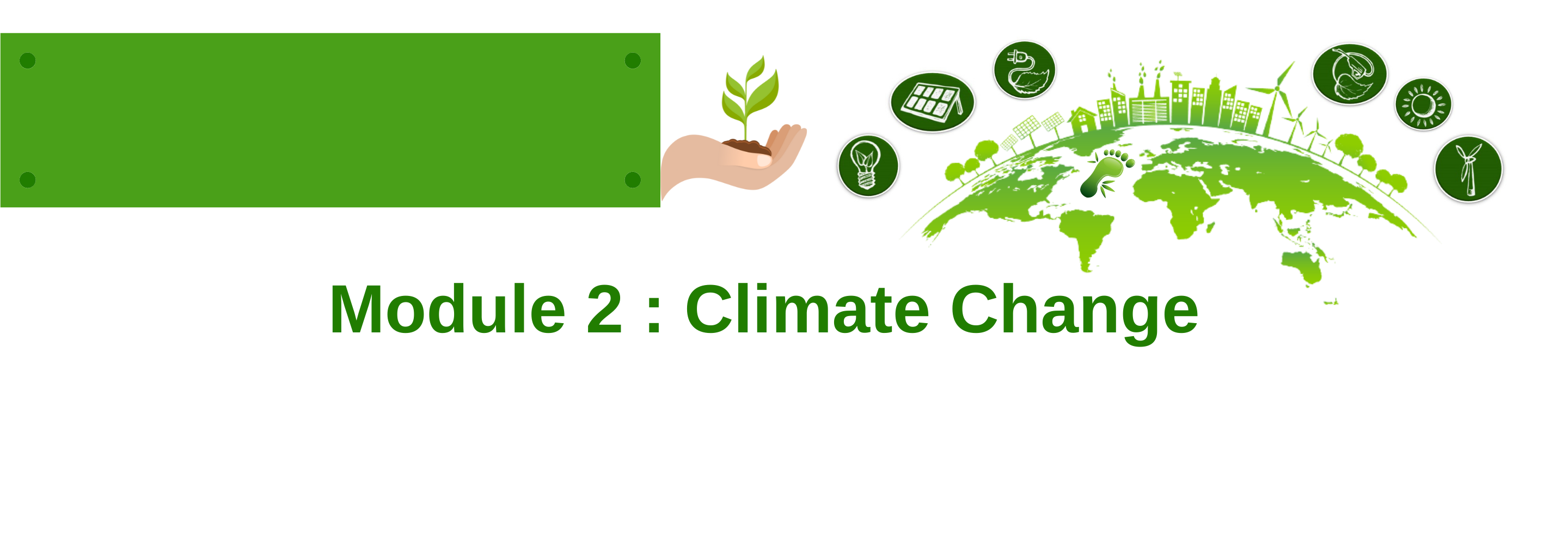
At the end of this module, the learners should be able to:
1. Understand the concepts of ecosystem and biodiversity;
2. Deepen their understanding and appreciation of environmental principles; and
3. Differentiate climate and weather.
- Teacher: Aurielle Lisa Maypa

At the end of this module, the learners should be able to: 1) Learn about Climate Change and its causes and effects, 2) Recognize the Impacts of Human behavior and activities on Earth (Anthropocene), and 3) Understand the meaning of Climate Justice and the Impacts of Climate Change on Health, Environment, Culture and Economy (Gender Equity, Indigenous Peoples, Peace Issues).
- Teacher: Jan Cynth Palama

At the end of this module, the learners should be able to: 1) To consolidate information regarding trends and issues on climate change; best practices on adaptation and mitigation; and the actions undertaken by APAY. 2) To enumerate the actions being undertaken by nations both in APAY and the world. 3) To allow the sharing of information and best practices between nations on adaptation and mitigation as it was conceptualized by the UNFCCC.
- Teacher: Grace Apao
- Teacher: Aurielle Lisa Maypa

At the end of this module, the learners should be able to: 1) Describe the significance of low carbon development initiates; 2) Identify areas in the Asia Pacific Region with low carbon development and recognize relevant mitigation options; and 3) Outline mechanisms to sustain low carbon development.
- Teacher: Fredlie P. Bucog

At the end of this module, the learners should be able to: 1) Explain the concepts and principles of climate change response planning and innovative climate finance; 2) State key elements of the international climate change finance strategy; and 3) Examine the roles and functions of local, national, and sectoral institutions in planning for climate change.
- Teacher: Cindy Ruth Villariza
